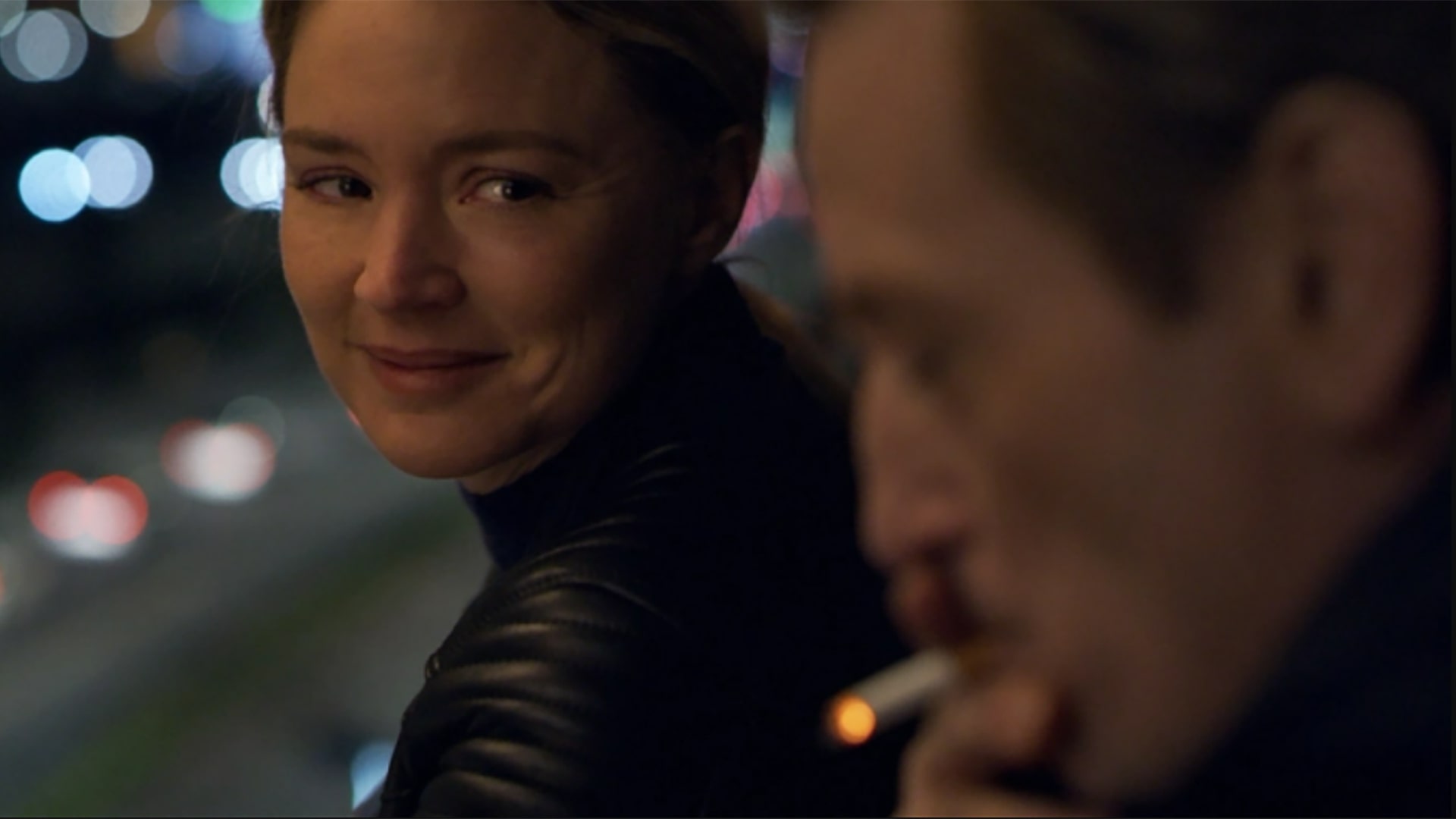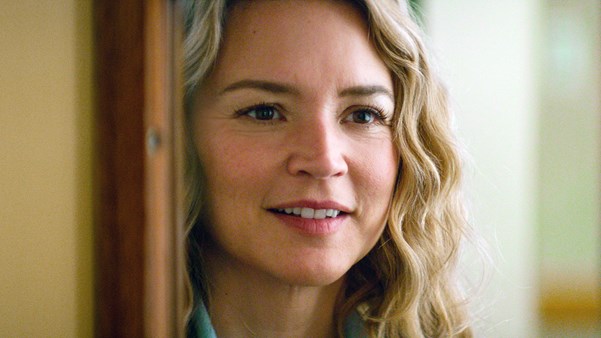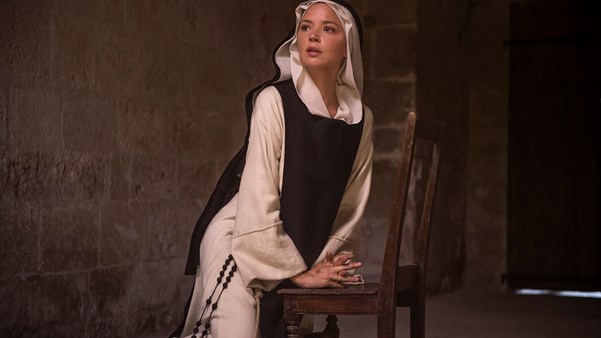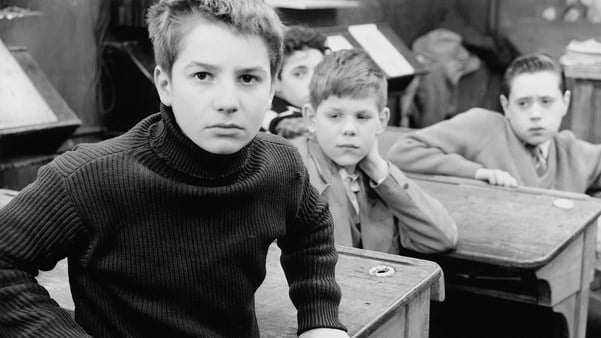Savina Petkova speaks to Alice Winocour about her new film Paris Memories, which stars Virginie Efira (Benedetta, 2021) as a survivor struggling in the aftermath of a terrorist attack. As this heartfelt drama screens at the Toronto International Film Festival, the Proxima (2020) director discusses the unreliability of memory, the nature of trauma and cinema’s resilience.

Savina Petkova: I was struck by one of the film’s opening shots, which shows a bird's eye view of the Arc de Triomphe at night with the voiceover ‘I don't remember anything else’. How did you decide on that?
ALICE WINOCOUR: I really wanted to portray the terrorist attack as a black hole that was sucking up the lights and that's why I insisted on blackness for this image. Also, I wanted to present Paris as a character, because it really was wounded, as a city. And to me, those incandescent boulevards seen from above signified wounds. I felt like they were punctures left on Paris itself.
SP: The film deals with fear, but also with the fight against it. How did you grapple with this when writing and shooting the film?
AW: It’s a tough subject, but I made Proxima soon after the Bataclan attacks [in Paris in November 2015], so it wasn’t like I had to make a film about the tragedy right away. Of course, I was inspired by it, as my own brother survived Bataclan, but I never felt forced to put that in a film. It was unconsciously brewing in me. I don't remember exactly when I decided to write something about it.
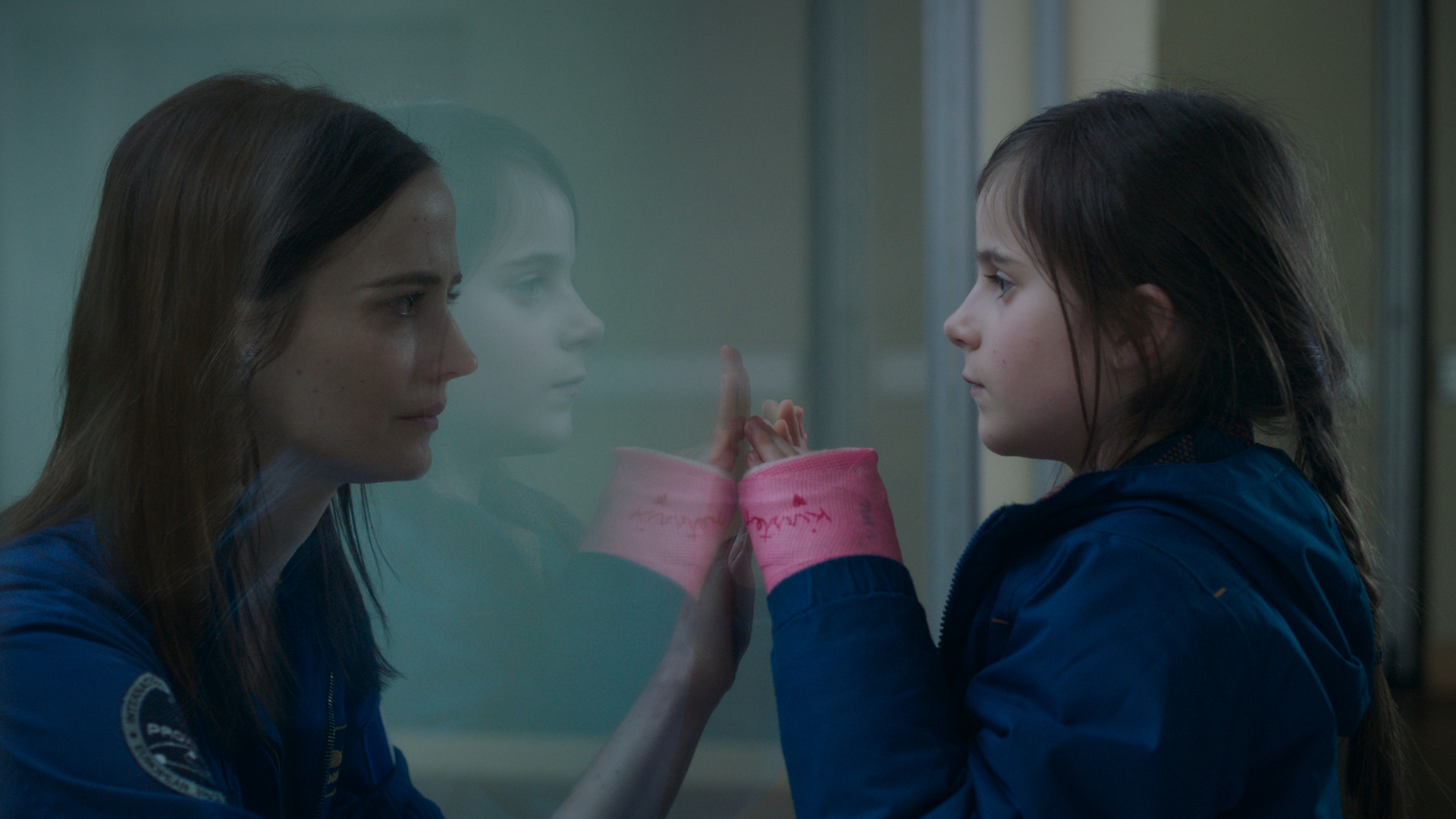
SP: How about the fear brought about by memories?
AW: Paris Memories is really a film about memory, the process of memory-making, and how it’s reconstructed in your head all the time. There is this part of the film where a woman survivor accuses Mia [Efira] of locking herself in the toilet and denying others the chance to be safe. I found this episode very interesting psychologically because it gets at something so unbearable that you try and blame somebody else. I think it’s fascinating that Mia, who doesn't remember anything, begins to accept that she actually did it. It becomes something that plays again and again in her memory – the images keep coming and we see them as they come. Even if they are, in effect, images belonging to someone else’s memory, they have become hers. Yes, there are our own personal memories, but there’s also the memory of the city, and while Mia is lost in the tunnel of her memory, she remains in limbo. Of course, she’ll be seeing ghosts and apparitions as long as she’s in this in-between world.
SP: When it comes to constructed memories, there are things we think we remember and they often come to us visually. Film is the only medium that can actually represent this.
AW: Yes! For example, there’s a shot of Mia grabbing an apple from a bowl at the beginning of the film, and this to me was already a kind of memory that will stay with her since it’s on that fateful morning. That’s why I wanted to have a close-up on the apple.
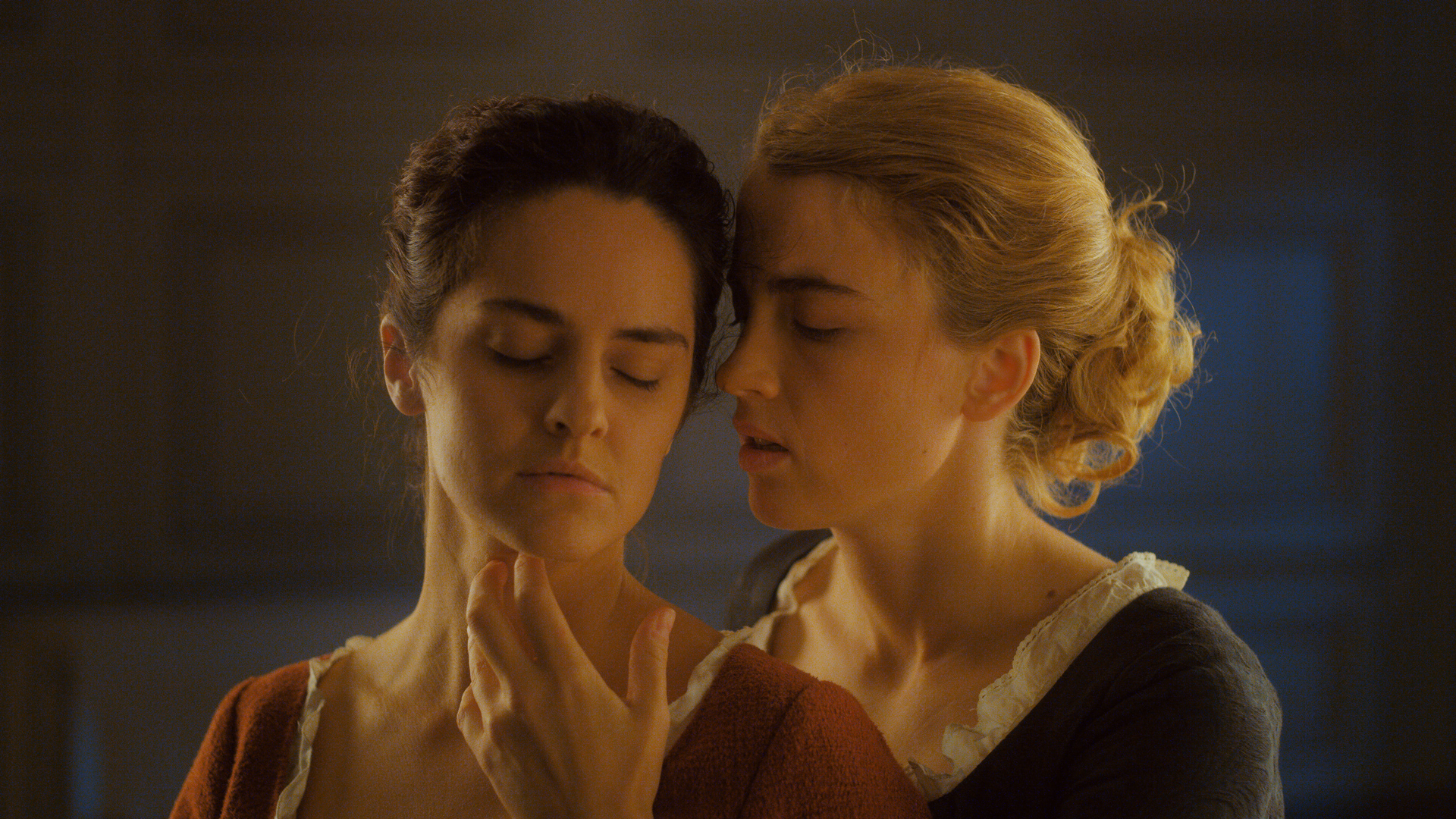
SP: Is that why the camera holds the shot for a second longer than we’d expect?
AW: Exactly. This is why it fits cinema as a medium. To me, cinema is the way you look at things; it conveys a point of view. It's the same in memory – it’s details that you remember, rather than the whole picture. That's why I wanted to show only the terrorist’s feet and not his face, because he’s seen from the point of view of Mia as the victim. It’s never the whole picture, like a puzzle with its fragmented pieces, or a mirror that has been broken… It's funny because this morning, I thought about this Russian tradition, do you know it? Some people like to break a plate on set –
SP: For good luck?
AW: That’s right. Then all of the crew take a piece of the broken plate and, at the end of the film shoot, they put all the pieces together again. That image resonates with what I tried to do here. Putting all the pieces together from those whose lives have been fragmented by this tragedy, whether they have been injured physically or mentally or lost people close to their hearts. I wanted to make a resilient film that would be healing. I really think that cinema has this power of resilience, that’s why I set out to make a peaceful film based on a tragedy.
SP: To me, this seems the complete opposite of what Marcel Proust thought involuntary memory is. He made memory containers out of objects, they would speak to you and take you places, but what you’re describing is not like that. There's something else going on.
AW: It’s about traumatic memory. In psychiatry it's called ‘flashback’, which is the involuntary record-memory. It’s not a flashback of a memory, instead it’s fragmented and usually not in the right order. Sometimes it’s a sound because the aural memory is stronger than the visual. You hear a sound – like the cracking of birthday-cake candles – and then the image comes. This is actually something we have been working on with my mixer, to have the sound announce and bring forth the images. I love it when movies get physical, so that’s why I wanted to make a film of perception, as I did in Disorder [2015], my film about a soldier with PTSD coming back from Afghanistan. I guess I feel at home in this kind of trauma because it’s properly cinematic. What I mean by this is that there are no words to express trauma. Not that you can’t find the words, it's that they don't exist. But I think cinema is a language, which can express those kinds of feelings.
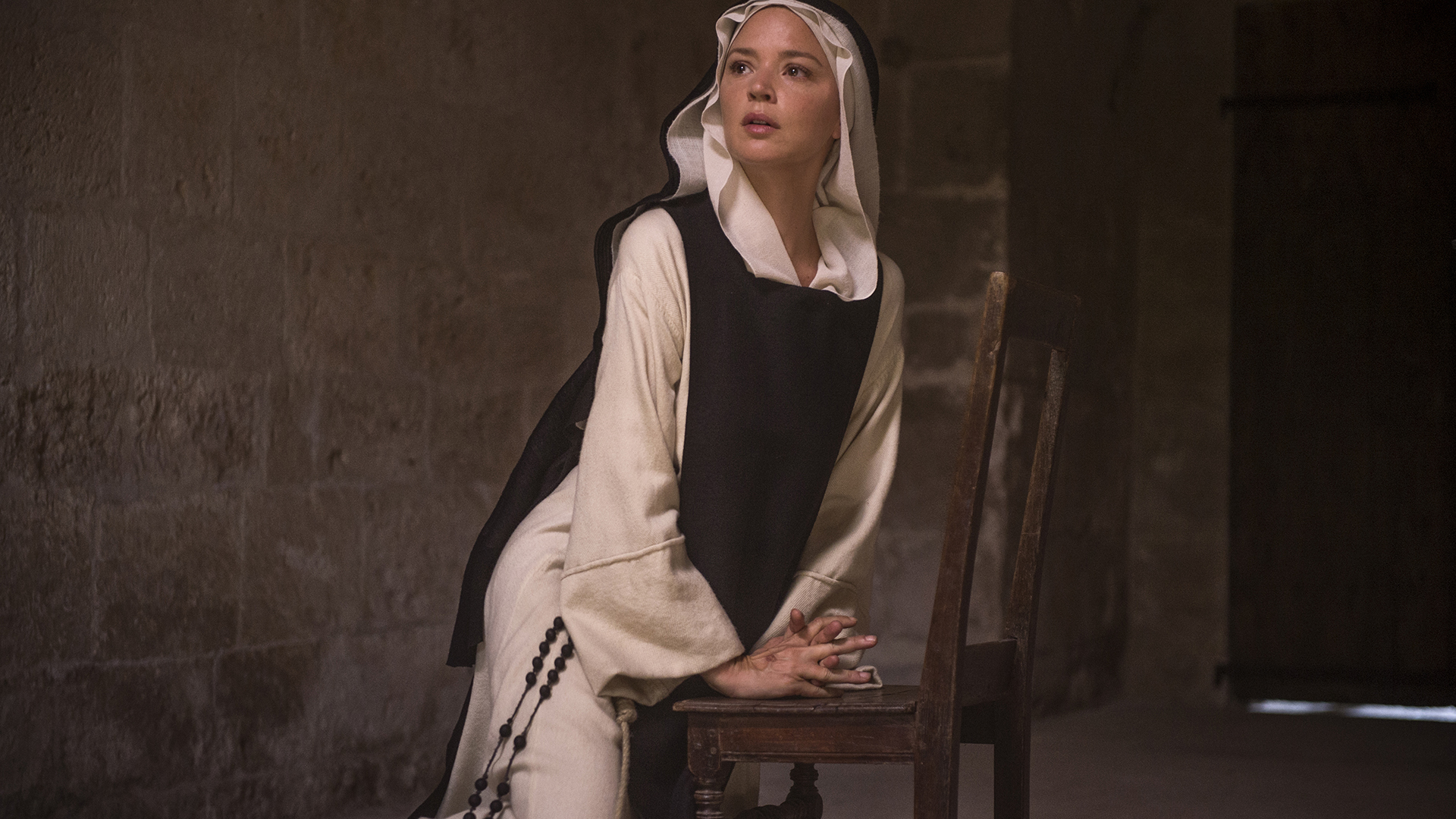
SP: When you mentioned flashbacks, I thought about the device’s literary origin. It doesn’t always translate well to cinema.
AW: I agree. I personally don’t like flashbacks in films. But to me, in this case, it's not a flashback, it's a traumatic memory of sensations, or flesh memory, if you have it. A revival of the events just like your body felt them in the original moment. For Mia, this scene is still alive in her head, but in fragments.
SP: What about the actual shoot, did you work through the script chronologically?
AW: We felt a bit mad during the shoot! I thought about what it was like on the set of Gus Van Sant’s Elephant [2003], and wanted to have the same event from different points of view and perspectives. But then we had the birthday cake at the start of the attack and everyone kept giving me looks as if to say: ‘Come on, not again, with this cake!’ We shot this over and over, and it was a bit maddening, but it’s true that this scene is what underpins the whole film. I wanted it to be a war scene with all this destruction, so we shot in a studio where we could blow up the set (it's impossible to shoot this sort of film on location because people would think it was a real attack).
SP: Was that the first thing you shot?
AW: Yes, and it was quite shocking for the crew to start with the attack itself. I think we all share a kind of trauma from shooting that scene actually. It was violent and triggering to hear the riots, see the blood. We had to go beyond naturalism and affect viewers psychologically because, as my brother made me understand, it’s impossible to represent the attack. Such a thing cannot be imagined. Even horror-movie violence is nothing compared to a real terrorist attack.
SP: There’s a degree of removal.
AW: That's why I also came up with the idea of having a ghost, and the role of the fantastic in the film. Because you can’t be realistic in this case. Not entirely, at least, because it’s not the real deal. And thank God for that.
